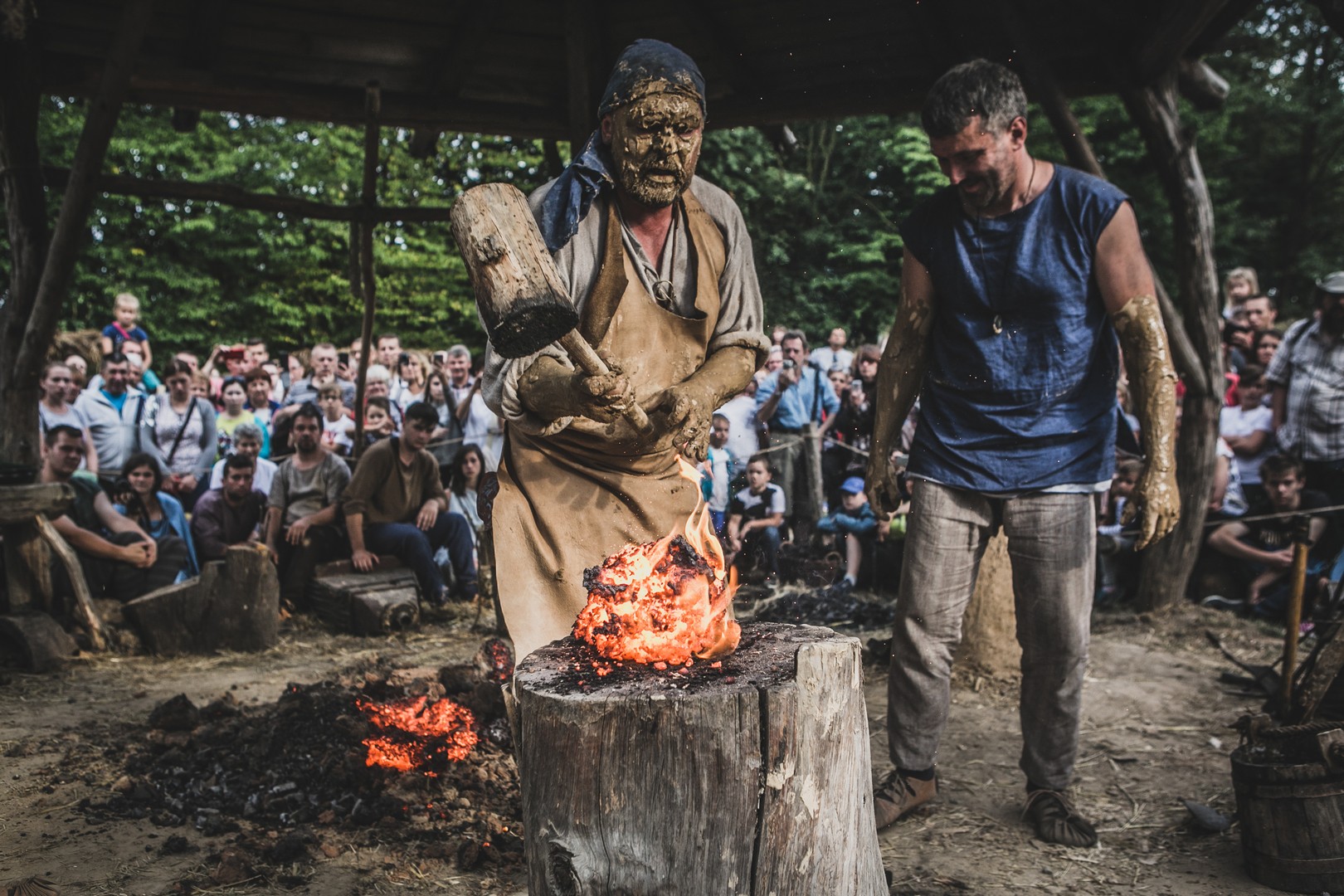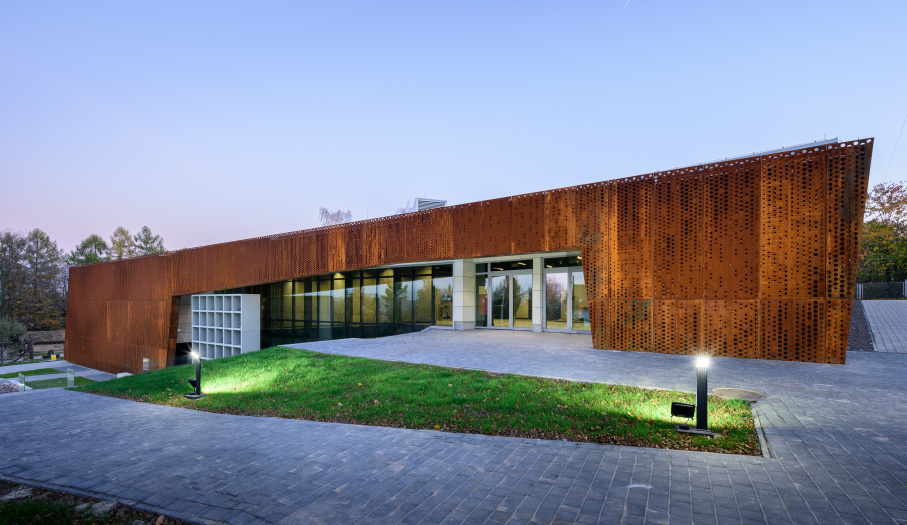Museum of Ancient Metallurgy in Nowa Słupia
Practical Information
- Detailed InformationZwińRozwiń
- Object type:
- Museums
- County:
- Kielce
- Community:
- Nowa Słupia
- Address:
- Nowa Słupia , Świętokrzyska 59
- Postal Code:
- 26-006
- Latitude:
- 50.8603694
- Longitude:
- 21.0804352
- Tourist region:
- Kielce Region
- Position:
- City
- Comments:
- January, February, November, December: Monday-Sunday: 9.00-15.00 March, April, September, October: Monday-Sunday: 8:00 - 16:00 May-August Monday - Friday: 8:00 - 18:00 Saturday-Sunday: 9:00 - 17:00
- price:
- Full 28 PLN, reduced 18 PLN
- Phone:
- +48 41 389 70 45
- E-mail:
- biuro@muzeum-nowaslupia.pl
- Website:
- www.muzeum-nowaslupia.pl
Description
In Nowa Słupia, a village at the foot of Łysa Góra, you will find a museum that brings to life the history of the Świętokrzyskie Mountains from the first centuries AD. The exhibition will take you to the world of the ancient metallurgists who, almost 2,000 years ago, created one of the largest metallurgical plants of barbaric Europe.
How do we know this? What was the work of the former steelworkers like? And what is left of them to our time?
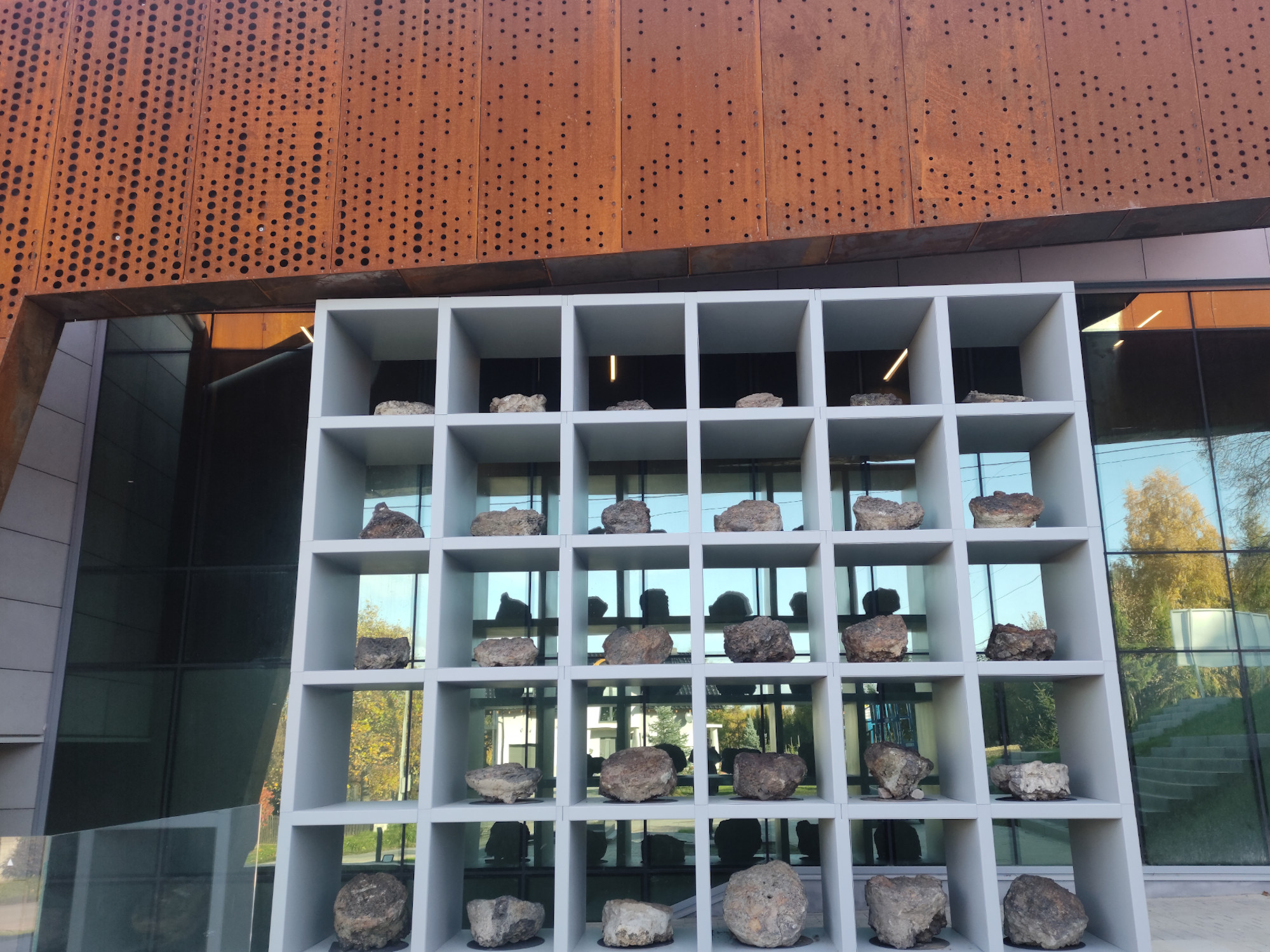
It could be said that the history of research into ancient metallurgy begins... in the field. Already Stanisław Staszic, the 19th century naturalist, geographer and geologist, noticed large lumps of slag with a repetitive shape lying in the Świętokrzyskie region. Even then, he rightly linked them to the metallurgical activities that must have been carried out here in the past.
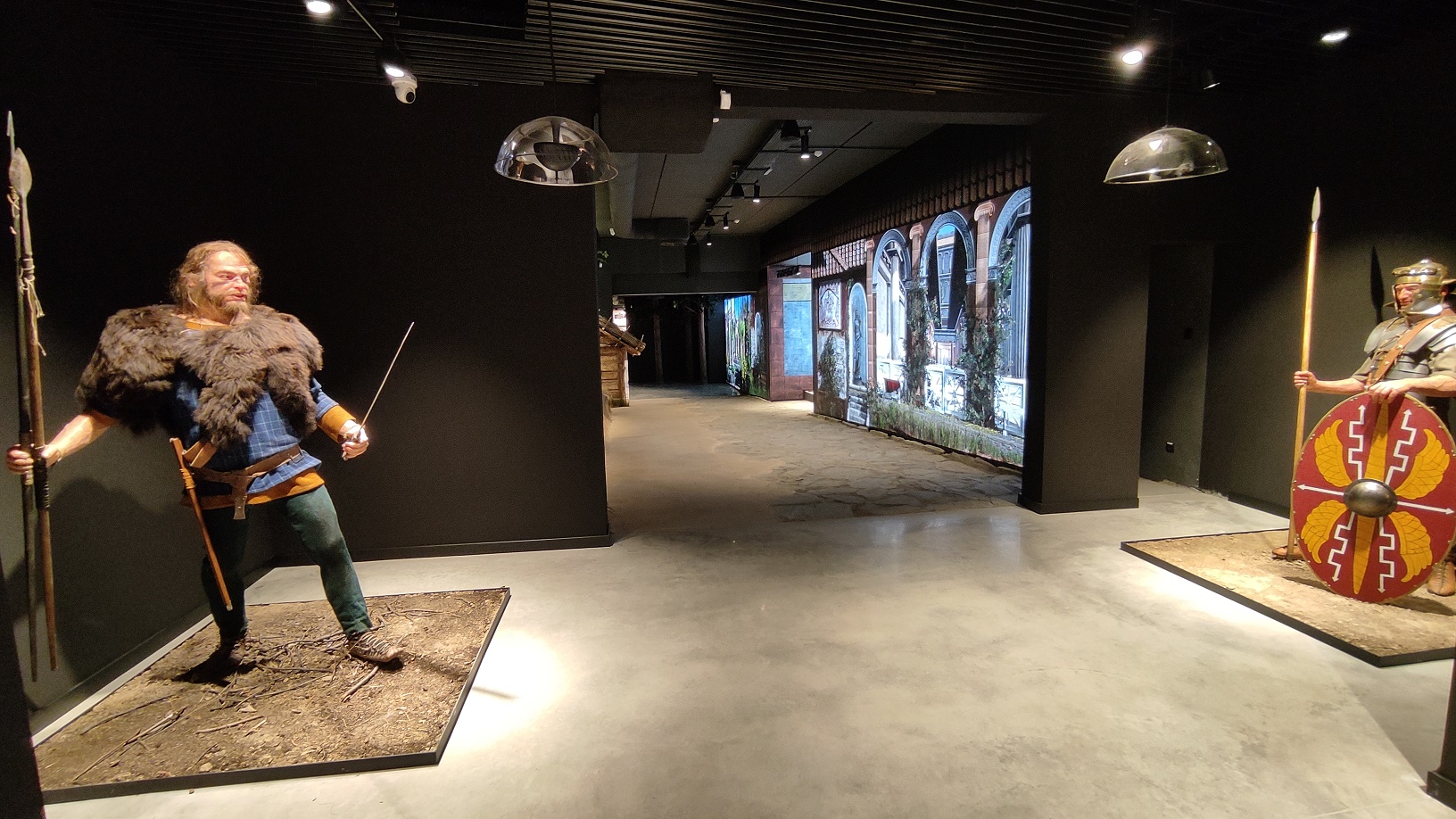
Meanwhile, "pagan slags", of interest to scholars, were a curse to the farmers working in the Łysa Góra fields. No wonder - the hard lumps made farming much more difficult. Farmers compensated for the problems associated with them financially - in the inter-war period they transported slag in large numbers for purchase at steel mills.
Fortunately, this has not affected all traces of the former steelworkers. What remained became the subject of regular scientific research as early as the 1950s, led among others by Mieczysław Radwan and Kazimierz Bielenin.
Thanks to the involvement of scientists, it was possible to establish that in the first centuries AD, simple, disposable furnaces (bloomeries) were built in the Świętokrzyskie Mountains to produce iron. Of course, there was nothing unusual in this fact alone - both the inhabitants of the Roman Empire and the vast Barbaricum knew how to smelt iron, and traces of metallurgical activity have been found in various parts of Europe. But the early researchers of the ancient metallurgy in the Świętokrzyskie Mountains were surprised by something else.
It turned out that traces of furnaces could be found over a very large area of up to 1,000 km2. What's more, archaeological research has confirmed that the ancient metallurgists worked in an organised and deliberate manner, as can be seen, for example, in the regular layout of the surviving furnaces.
This is what the archaeologists found out from their fieldwork All right... but what does today's museum have to do with the excavations scattered around Łysa Góra? Definitely more than you might think, as the exhibition was set up on the site of one of the archaeological sites.
On the initiative of the aforementioned researchers, Kazimierz Bielenin and Mieczysław Radwan, a protective pavilion was erected over the relics of 45 furnaces found at archaeological site no. 2 in Nowa Słupia, which gave rise to the Museum of Ancient Metallurgy.
The exhibition was opened to the public on 29 May 1960 as a branch of the NOT Museum of Technology in Warsaw.
A lot has changed since then. The museum, already under the management of the City and Municipality of Nowa Słupia, has undergone extensive modernisation. Today, it invites you on a new, multi-media journey to better understand the role of iron in the world of ancient metallurgy. However, its main exhibit has not changed since the beginning of the museum's operation, i.e. the furnace found on the route to Łysa Góra.
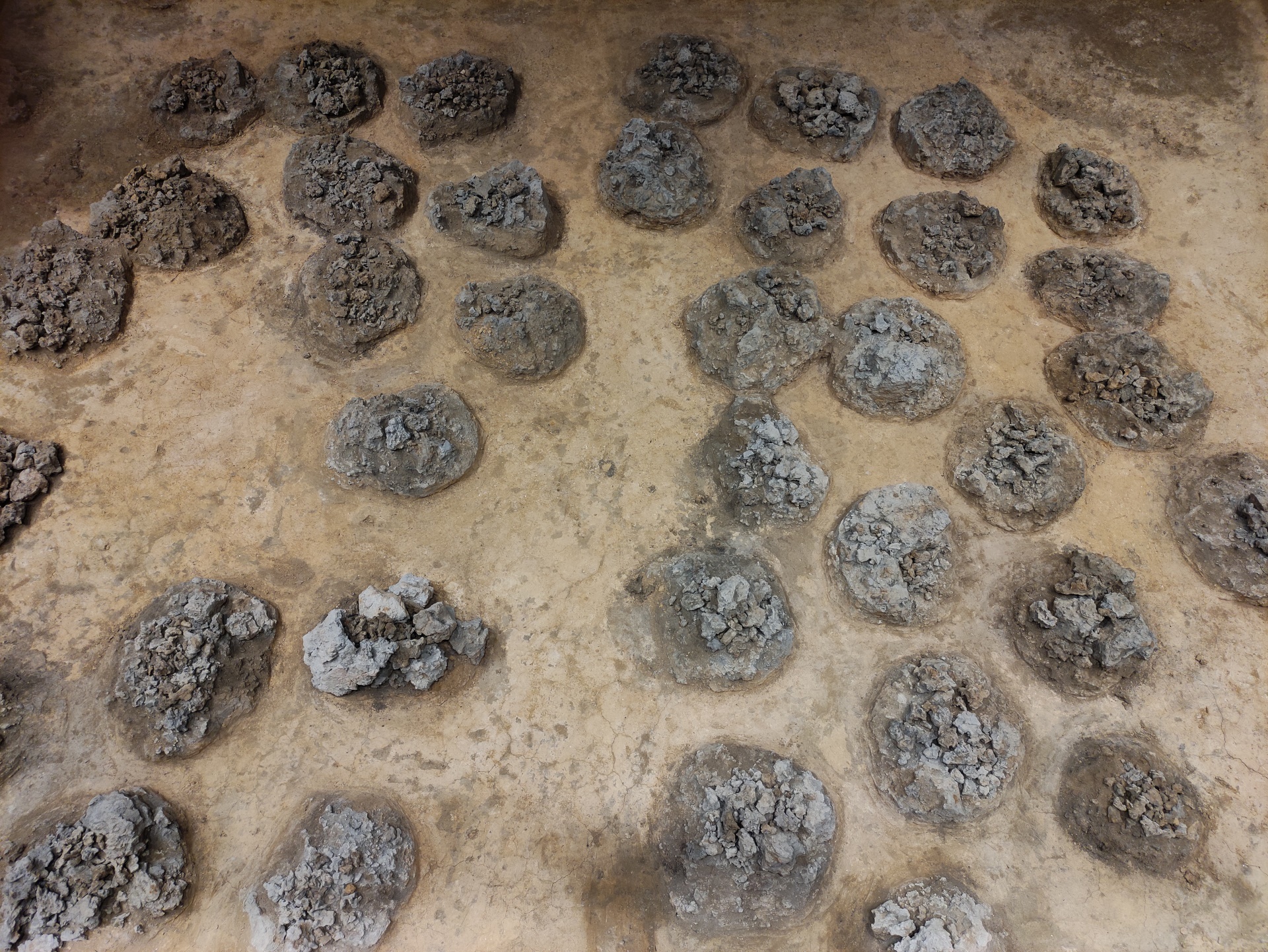
You will start your journey through the world of iron in the cinema. Get ready for plenty of knowledge in a comfortable armchair. Dynamic 3D animations will show you how iron is formed and how this element mineralised the rocks that were mined in nearby Rudki already during the Roman influence period.
A voiceover and lighting effects will guide you to the next room. Here you will see extraordinary iron forms created by nature and man. Take a look at the unusual patterns on a meteorite resulting from a supernova explosion. This is one of the few such shards in the world! You will also see a replica of Tutankhamun's dagger from more than 3,300 years ago, the blade of which was made from a meteorite.
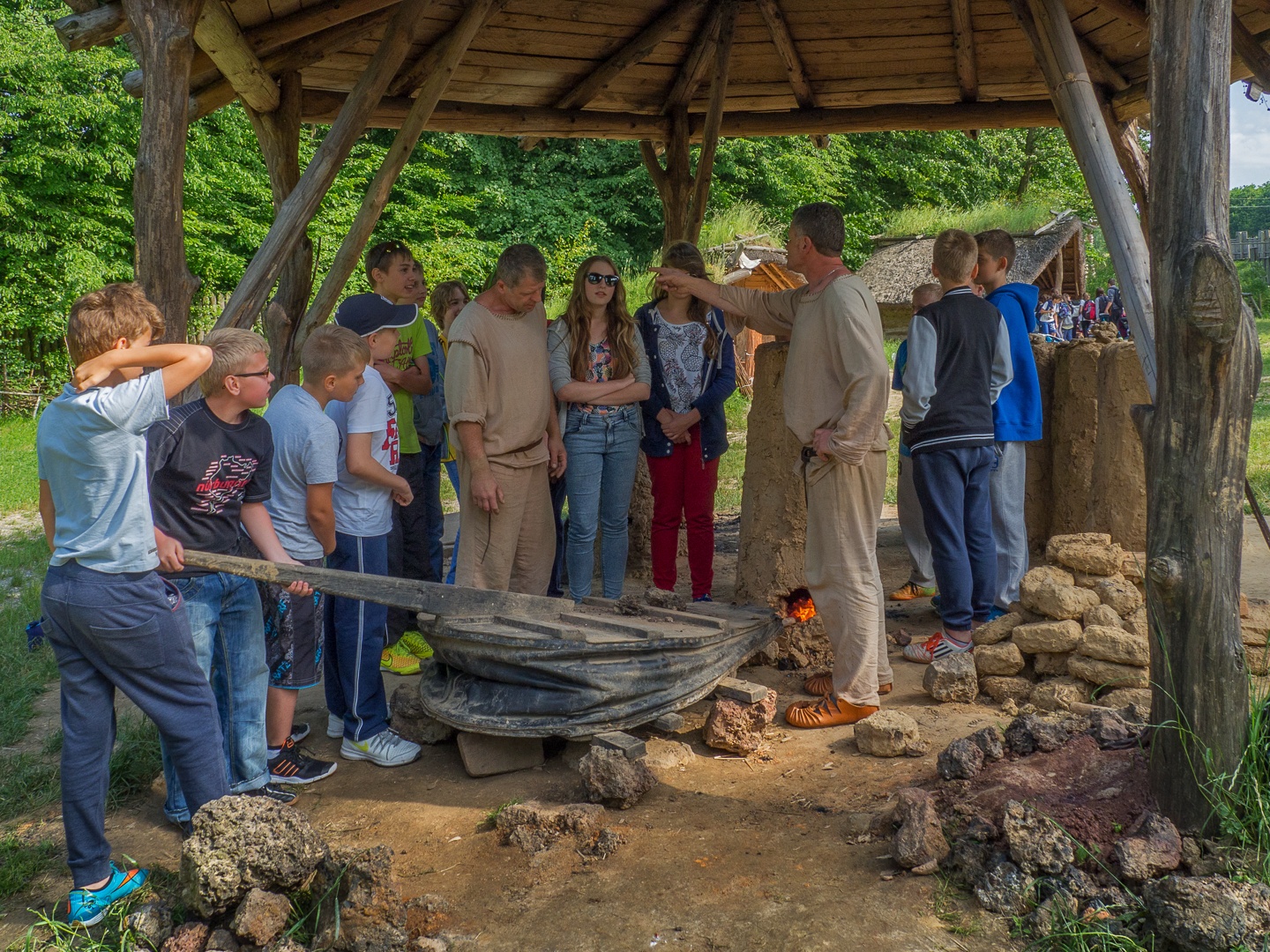
t's time to move on. Like a true wanderer, you will find yourself at the meeting point of 2 lands - the rich Roman Empire and the Barbaricum. You will meet a Roman legionnaire in rich armour and a leather-clad barbarian. You will walk along a stone path, look inside a Roman villa and a loess ravine, on the edge of which a modest cottage from the Przeworsk culture sits.
Your journey through the world of iron will lead you to the authentic relics of a former furnace site. Stop by and see another 3d film showing the history of this small piece of land - from prehistory to the present day.
In the next room you will learn about the types of ancient furnaces. You will learn about the construction of both single-use bloomeries, which were used by ancient smelters in the Łysa Góra Mountains, and multi-use bloomeries, the remains of which are found in what is now France. With all this in mind, you will watch the latest video summarising the current state of knowledge about ancient metallurgy. If you wish, stop by the multimedia tables, thanks to which you will learn many additional facts and curiosities about metallurgy.
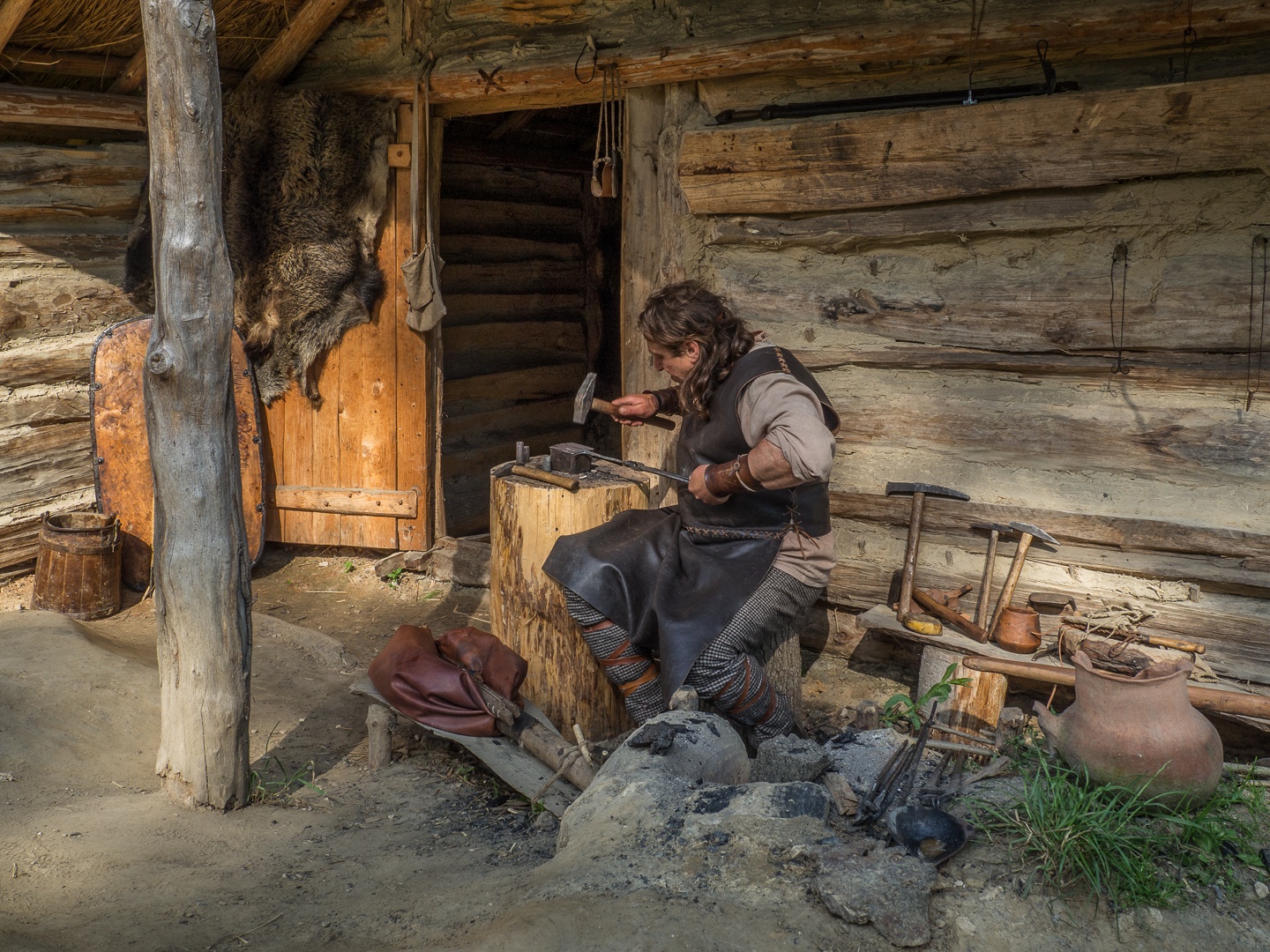
If you want to learn more about the daily life of the inhabitants of the Barbaricum in the first centuries AD, be sure to take a look at the Museum's Culture and Archaeology Centre. It is an ancient settlement reconstructed with the greatest care on the basis of archaeological finds from all over Poland.
Here you will see reconstructions of huts and workshops. You will see, among other things, a mine shaft that may have operated in nearby Rudki. The furnace site will certainly attract your attention. At its heart is a bloomery with a hearth.
The ancient settlement is a place where you will experience history. During the educational workshops, you will prepare and fire up a bloomery together with other group members or try your hand at blacksmithing, herbalism or pottery.
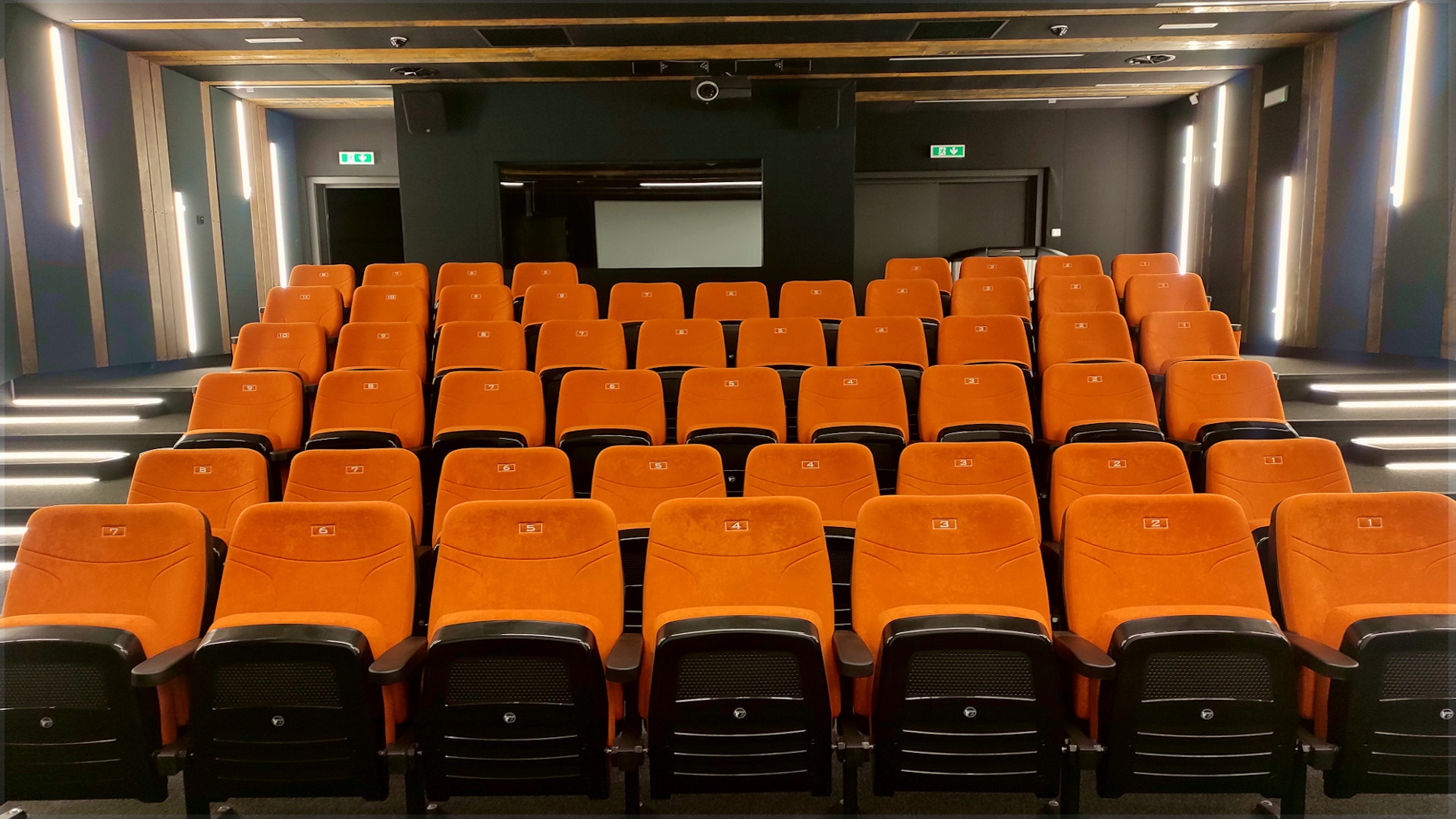
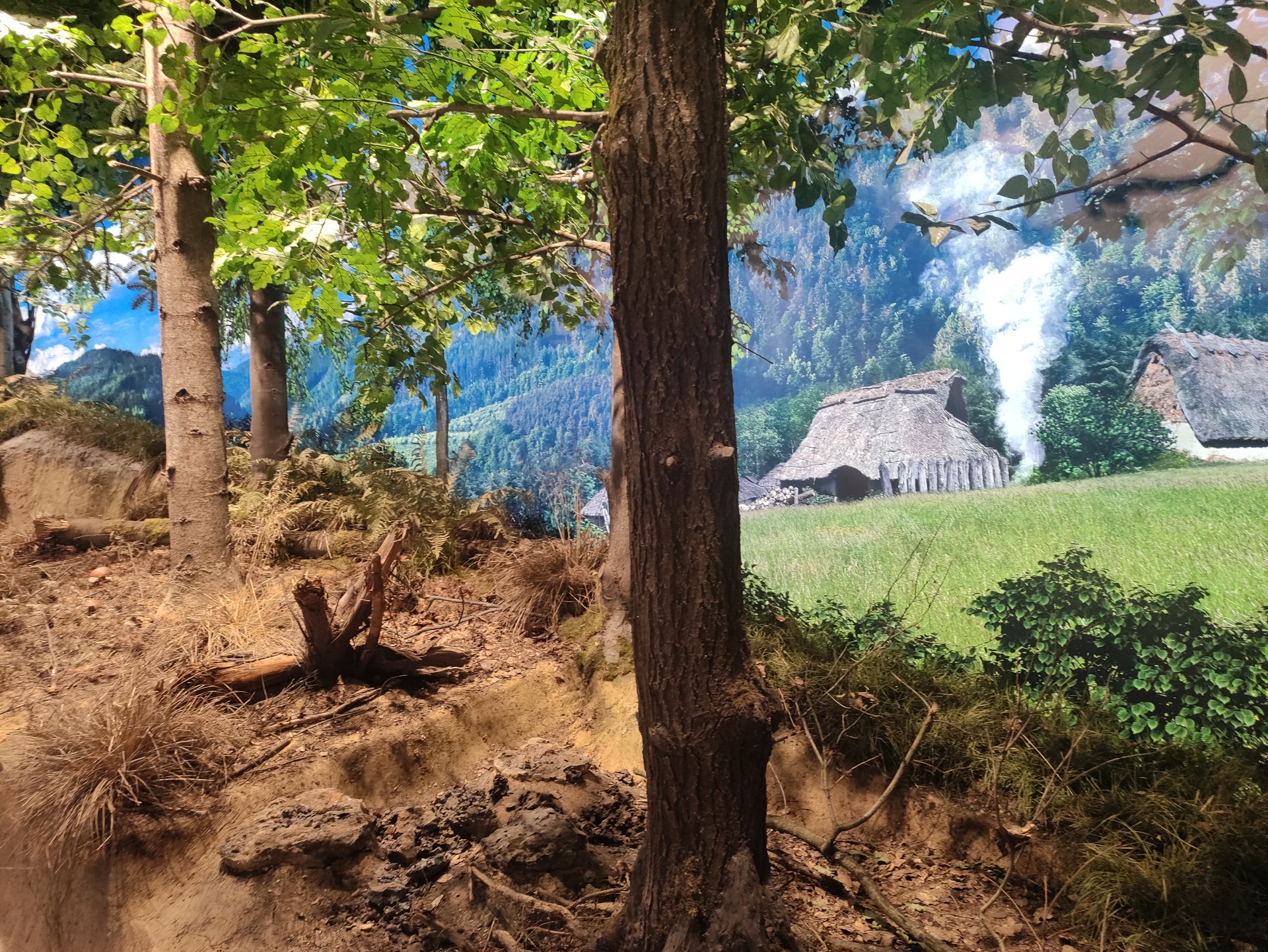
Workshops at the Culture and Archaeology Centre in Nowa Słupia
Once a year, the Ancient Settlement is transformed into the site of an extraordinary archaeological picnic. For two days in August, Nowa Słupia is transformed into an encampment of ancient metallurgists from the first centuries AD.
Who were the former inhabitants of the Świętokrzyskie Mountains? What was their daily life like and hard work in the production of precious iron? This is what you will find out during Dymarki Świętokrzyskie - a historical picnic where archaeology intertwines with great fun.
